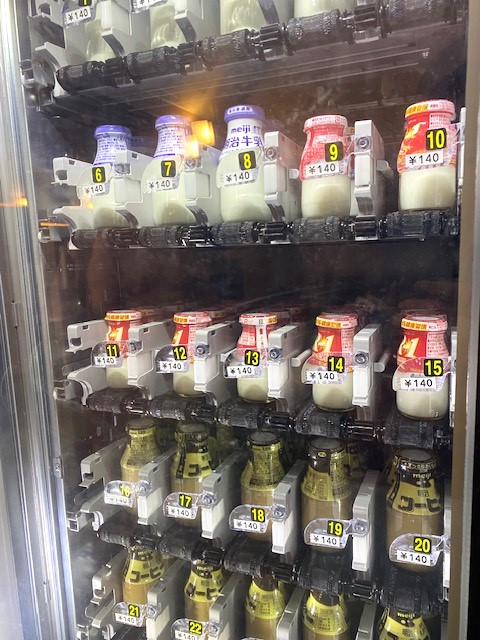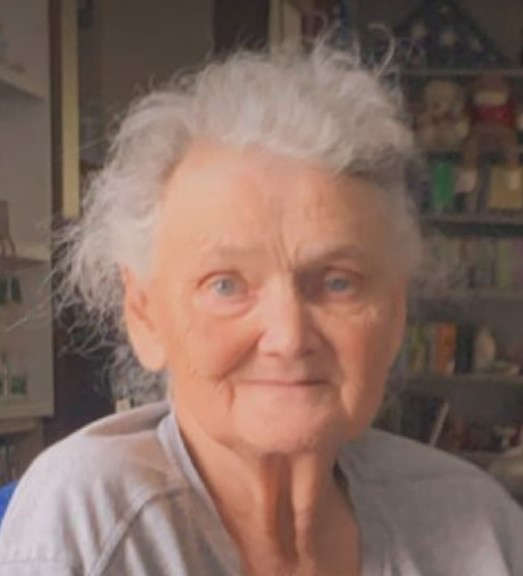
Any visitor to Japan will surely be introduced to the luxury of “bath culture,” which has developed over the centuries into being a national cultural treasure in its own right.
Besides the “home” bath which all residences now have — featuring a completely self-contained room where water can be sprayed from the ceiling to the walls to the floor without concern about getting things wet because it is all waterproof and designed to be generously watered down — Japan has basically two types of public bathing places that Japanese people and visitors enjoy regularly. These are called “sento” and “onsen.”
The “sento” or “public bathhouse” are communal baths that use heated “tap” water, and for many decades could be plentifully found in neighborhoods all over Japan from rural areas to urban metropolises. Today, these local bath houses are fewer and farther between and not nearly as common as they once were.
Sadly, they went by the wayside as modern homes routinely began to be equipped with their own sento-like bathrooms where families could bathe easily and conveniently at home, making going to the neighborhood bath house unnecessary.
In the past 35 years that I have lived in Japan, I have taken note of how rapidly these have begun to close, especially starting in the early 1990s. Up to the late 1980s, they were still used robustly by people and the local bath houses could afford to remain open … but at some point, they became less popular and gradually many started to close their doors.
It is sad, because they served such an important role socially in that neighbors would meet and chat at these places, exchange information and even gossip, keeping a neighborhood socially connected. Similar to the tradition of barbershops and beauty salons in America, I suppose, bath houses became unofficial community centers where people would meet and catch up on what was happening around the neighborhood.
The sento became more common starting in the 1920s and continued until well after World War II, through the 1970s and 1980s. Especially in the 1950s their popularity soared as many homes weren’t yet equipped with modern baths, so the public bath house served a very necessary role in society for daily hygiene.
As Japan recovered from World War II and rapidly modernized, having a “home” bath became more economical and common as new homes included a proper bath in their architectural designs. While Japanese homes always had some sort of bathing system in place, these often included heating the water with firewood in a building detached from the residence, which was laborious and difficult. Modern homes began to feature electric or gas water heaters that made drawing a bath in a bathroom so much easier and practical.
Around the same time that sento were increasing (in the 1950s), a dairy company had made a coffee milk drink that was sweet. Coffee was still a luxury at that time, and it was just being introduced as an alternative to tea. In addition to home baths being an expensive luxury in those early post war years, having a refrigerator was even more of a luxury. Sento, however, often did have refrigerators even though they were largely unheard of in mainstream Japanese homes.
A very astute dairy executive had the idea to combine the two things by placing milk products in public bathhouse changing rooms all over Japan. In the process, the customers could enjoy a cold drink after a hot bath, and dairy producers could introduce their products (especially the coffee milk drink) to the general public in hopes people would develop a taste for it.
This merging of sento and drinking a cold bottle of milk was a perfect marriage of sorts, because it allowed people to sit and chat while being refreshed with a cold beverage. Today, it is such an entrenched custom that Japanese people feel as though their bath is not complete without indulging in a cold bottle of milk after drying off in the change room.
This was surprising to me initially, because unlike in the U.S. where it is common to drink a large glass of cold milk frequently, generally Japanese do not reach for milk when thirsty or wanting a cold, liquid treat — except when they are coming out of a hot bath. The custom of drinking cold milk after a hot bath caught on and soon public bathhouses all over Japan began to offer milk products to their customers. This was a brilliant marketing move for not only the dairy industry but also for the bath houses that also profited from selling the milk products to bathers.
Because milk was considered to be a good source of nutrients, it was believed to be an easy way to rehydrate the body after a long soak in the public bath. It was a “guilty pleasure,” of sorts, in that up until the 1970s people didn’t really have a modern bath in their homes, and since an electric refrigerator was a luxury as well, people could indulge themselves in both, by taking advantage of the neighborhood bath and having a treat of cold milk afterwards. Adding coffee flavoring and sugar to it, made it all the more decadent.
Today, coffee is widely the drink of choice for most Japanese, whereas back in post war Japan it was considered too much of a luxury that was seldom experienced.
Still today, milk vending machines (photo) are found in the change rooms and waiting areas of both sento and onsen (natural hot springs). So, while the traditional neighborhood “sento” is not found as easily as it once was, in areas of Japan that have access to hot spring water, “onsen” are still wildly popular and plentiful. These use natural hot spring water directly from deep within the earth and each boast a different medicinal benefit depending upon the type of water and minerals found in the water.
Many onsen in Japan are attached to a traditional Japanese inn and many bathers stay overnight and really take advantage of the hot springs during their stay. According to the Japanese Hot Spring Law, in order for a bath to be called an “onsen” it has to pass two strict criteria. It naturally has to be at least 25 degrees Centigrade (about 77 degrees Fahrenheit) and naturally have a certain level of minerals. Many onsens are much hotter than this required temperature, however.
Japan is naturally blessed with an abundance of volcanoes and these create a plethora of onsens in the areas where they are found. I read somewhere that there are over 27,000 hot spring sources around Japan with at least 10 different types of onsen water that assist in the healing of certain ailments like arthritis, skin issues, general pain, and other ailments. Mostly, though, people go to onsens for the tranquil and calm atmosphere to help release tension and stress. In fact, I went to one yesterday, and I now feel very refreshed and reinvigorated as I write this.
While I was changing after my bath, I noticed the milk vending machine next to the men’s lockers so I asked a Japanese man nearby why they have milk products but not any water, teas, or sodas in there. He said he didn’t know why, but he said nearly all bath houses and hot springs have some sort of milk product on offer.
So, I decided to research the reason why for this column. Even after 35 years of living here, the beautiful part about living in Japan is that I can always learn something new!
Todd Jay Leonard was born and raised in Shelbyville, but has called Japan home for over 34 years. He is currently a full-professor at the University of Teacher Education Fukuoka in Kyushu where he lives, writes, and teaches. He is the author of 26 books and can be reached at toddjayleonard@yahoo.com
Get the most recent Shelby County Post headlines delivered to your email. Go to shelbycountypost.com and click on the free daily email signup link at the top of the page.





